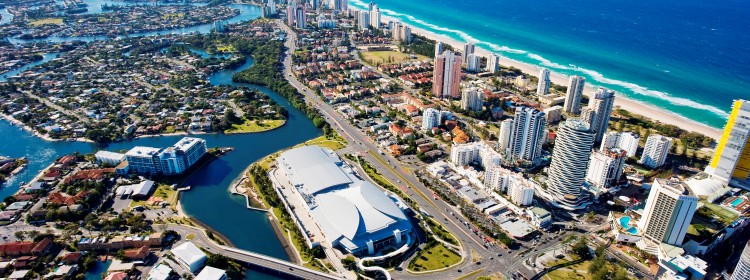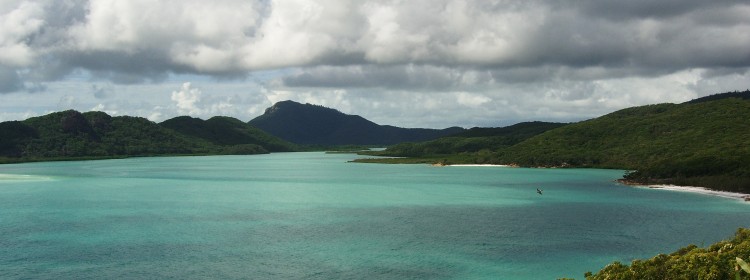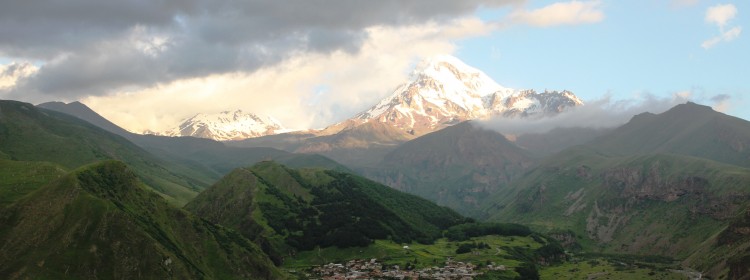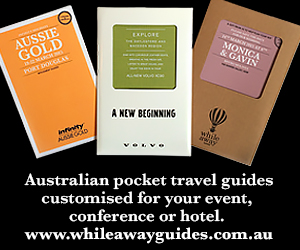The Northern Territory events business is worth an estimated $90 million a year, with most pundits agreeing that a plethora of mining, oil and gas projects should help ensure a bright future for the sector. In an interview with The Siteseer, Janet Hamilton (pictured below), General Manager of the six-year-old Darwin Convention Centre – part of the $1.1 billion Darwin Waterfront project – says operators who do the basics well are sure to succeed.
 The Siteseer: Janet, can you tell us a bit more about your background and what brought you to your current position?
The Siteseer: Janet, can you tell us a bit more about your background and what brought you to your current position?
Janet Hamilton: I’ve got a fairly long track record! I have twenty-five years’ experience in major and special events, marketing, communications, sponsorship and place management. I’ve delivered over 300 special events as program manager for the Sydney Olympic Games and managed over 600 events annually as the event development and sponsorship manager for the Sydney Harbour Foreshore Authority. As place management director for VicUrban, I managed the Volvo Ocean Race and Commonwealth events for the Melbourne Docklands precinct, among other accountabilities. I moved to Darwin in 2009, taking up the role of external relations manager for Energy Resources of Australia. I was appointed GM at Darwin in October 2013.
SS: What, in your view and from an events organiser’s perspective, are the prime attractions of Darwin and the NT?
JH: Well for a start we have a genuinely world-class modern convention centre in the beautiful surroundings of the Darwin Waterfront. We’re the closest convention centre to South East Asia, which obviously helps explain why we’re seeing more and more national associations selecting Darwin as a convention destination for Asian delegates. It’s a great place for Australian and Asian organisations to have business meetings in a relaxed environment.
SS: The meetings business faces major challenges these days, not least burgeoning global and regional competition. What kind of additional support for the industry in Australia would you like to see?
JH: The business events area of Tourism Australia does a great job in promoting business events with existing resources, but I’m sure our industry, generally, would like to see more business event marketing – focusing on the fact we’re a high-quality business destination as well as a place for leisure.
SS: There’s a strong need, obviously, for venues and business events to embrace CSR and social and environmental credentials. Do you believe you do this better than most and why? Where’s this trend heading, do you think, and what else should the industry be doing in this respect?
JH: Yes we’re proud of our green credentials. The centre is part of AEG’s “1 Earth” corporate environmental sustainability program, and we put considerable effort into making our events as sustainable as possible. It’s a truism, but we live in an incredibly beautiful part of the world and must care for it. As part of our sustainability efforts we support local charities and various initiatives in our community. I believe the industry should heed the fact that this trend to CSR will continue and strengthen.
 SS: What, in your view, are the other vital issues facing the events and meetings industry right now?
SS: What, in your view, are the other vital issues facing the events and meetings industry right now?
JH: Competition, and the need to sustain economic growth. Over time it’s been proven that there’s a clear correlation between economic health and the business events industry, and as our economy recovers and strengthens we’re seeing a resurgence in business events. We also face growing competition from high-quality centres in Australia and in the Southeast Asian region, supported by the increased marketing efforts of governments as they come to realise the strong economic returns that business events deliver.
SS: What will the most successful operators be doing differently in future? Can you point to any examples?
JH: I think getting the basics right will always make a convention centre successful. If you continue to have world-class facilities, keep up with technology trends, and most importantly focus on clients and ensure their success, you’ll win in this business. Customer service and anticipating clients’ needs is always a good recipe for success. In our case, being part of the AEG Ogden group allows us to share market intelligence and seek advice about delivering best practice and ensuring we embrace operational excellence.
 SS: Do Australian venues, generally, represent value for money? What have we got that makes us really special, in your view?
SS: Do Australian venues, generally, represent value for money? What have we got that makes us really special, in your view?
JH: In Australia we’re well served with first-class convention centres, and the Darwin Convention Centre is well and truly in that category. We all have to make the most of our own unique features and find our competitive advantages. In Darwin we believe our special strengths include our proximity to Asia, the activities surrounding the development of Northern Australia and our diverse and vibrant economy.
SS: The Darwin Convention Centre is widely acknowledged to be well run, as the quality of your events indicates. What lessons can others learn from your operation?
JH: Plan ahead and try to anticipate issues before they become issues! Also, engage with your local community. This can deliver strong local sales, which in turn leads to the attraction of national and international business events. At the moment Darwin is undergoing major projects in oil and gas and we’re maximising these opportunities as the city grows.
SS: On a personal level, how and why are you enjoying this job?
JH: I’ve been in the job for just over a year, so I’ve seen the full cycle of our event calendar and absolutely love coming to work every day. I have a great team who are passionate about what they do, we host interesting events every day and we’re located in one of the most beautiful parts of the world. What’s not to love?!
As Australia’s “front door to Asia” the territory is uniquely placed to seize emerging opportunities in an increasingly wealthy region and to make use of our geographic, economic, cultural and strategic assets. With the increase in direct flight routes to Singapore and Kuala Lumpur, we’re well placed to be a critically important meeting place for businesses that seek to be part of the development of Northern Australia.
Rates
Proposals are based entirely on event briefs; there are no standard day rates.
Contact: sales@darwinconvention.com.au

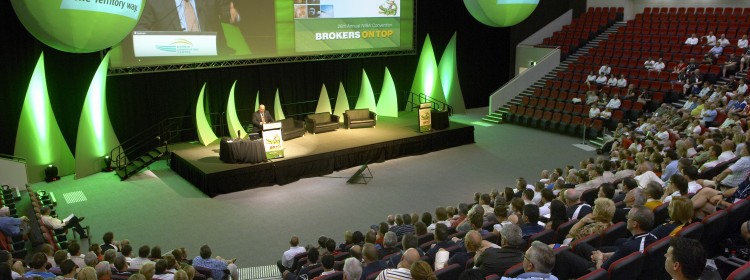


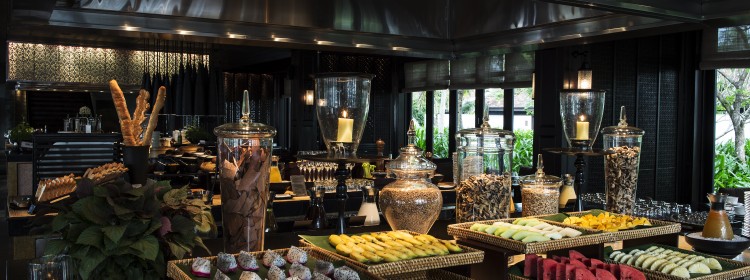




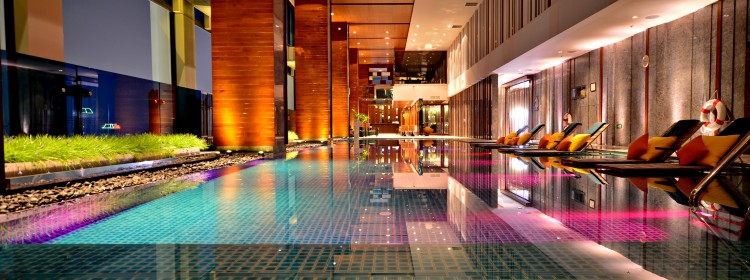
 Yet with a smile and a shrug, the vast majority carry on working, making a buck, eating, drinking and having fun. To the Thais the country’s cultural, political, diplomatic, commercial, financial and religious epicentre is known as Krung Thep, City of Angels. It welcomed more visitors (16 million) in 2013 than any other city in the world, according to Time magazine.
Yet with a smile and a shrug, the vast majority carry on working, making a buck, eating, drinking and having fun. To the Thais the country’s cultural, political, diplomatic, commercial, financial and religious epicentre is known as Krung Thep, City of Angels. It welcomed more visitors (16 million) in 2013 than any other city in the world, according to Time magazine. The ballroom can accommodate 600 and there are dedicated event planners onsite. It’s close to the Chit Lom Skytrain station (the super-efficient transit system) and upscale shopping at Gaysorn, Zen, Central World, Siam Paragon and the new futuristic Central Embassy mall. “The location is perfect,” says Wanpen Chanthariyab (pictured, left), Director of Marketing Communications.
The ballroom can accommodate 600 and there are dedicated event planners onsite. It’s close to the Chit Lom Skytrain station (the super-efficient transit system) and upscale shopping at Gaysorn, Zen, Central World, Siam Paragon and the new futuristic Central Embassy mall. “The location is perfect,” says Wanpen Chanthariyab (pictured, left), Director of Marketing Communications.

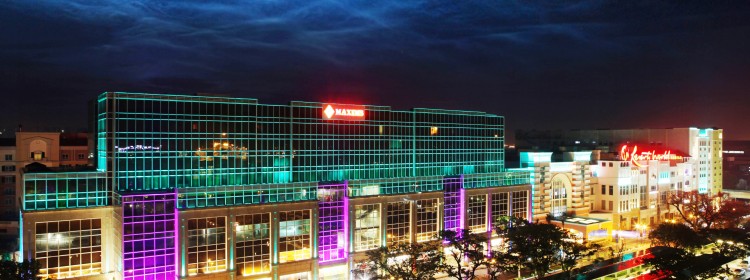
 The gambling-themed décor is appropriate for the 172-suite Maxims Hotel at Resorts World, Manila. A short drive from Manila’s main airport, Maxims is part of a complex that includes a 30,000-square-metre casino as well as two other giant hotels – a 342-room Marriott and a 712-room budget property, the Remington.
The gambling-themed décor is appropriate for the 172-suite Maxims Hotel at Resorts World, Manila. A short drive from Manila’s main airport, Maxims is part of a complex that includes a 30,000-square-metre casino as well as two other giant hotels – a 342-room Marriott and a 712-room budget property, the Remington. “Casino visitors are a vital part of our business but we cater for everyone, from MICE visitors to leisure travellers and others en-route to somewhere else looking to spend a night at a really attractive, reasonably priced hotel near the airport,” says John.
“Casino visitors are a vital part of our business but we cater for everyone, from MICE visitors to leisure travellers and others en-route to somewhere else looking to spend a night at a really attractive, reasonably priced hotel near the airport,” says John.
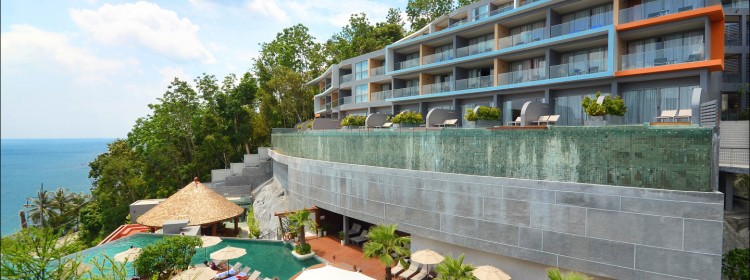



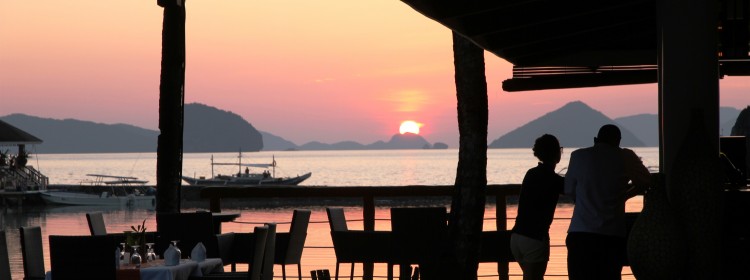


 “Room rates are negotiable depending on the size of the group and the travel period,” says Bambi Samson, Director of Sales, “so the supplement may change according to the requirements of the group. Rates are higher from November to May, and promos and special rates are usually offered from June through to October.”
“Room rates are negotiable depending on the size of the group and the travel period,” says Bambi Samson, Director of Sales, “so the supplement may change according to the requirements of the group. Rates are higher from November to May, and promos and special rates are usually offered from June through to October.”
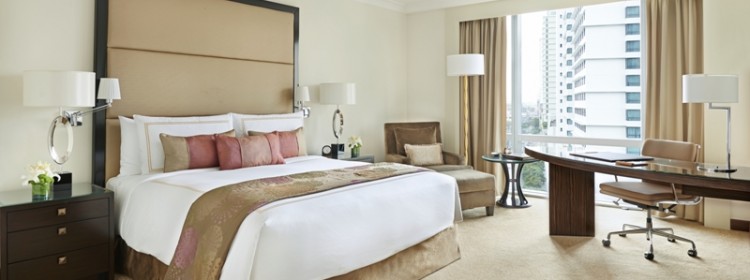
 It represents a step forward for tourism in the city and country, say its marketers, with the last luxury hotel in the area having been built way back in 1993-94.
It represents a step forward for tourism in the city and country, say its marketers, with the last luxury hotel in the area having been built way back in 1993-94.
